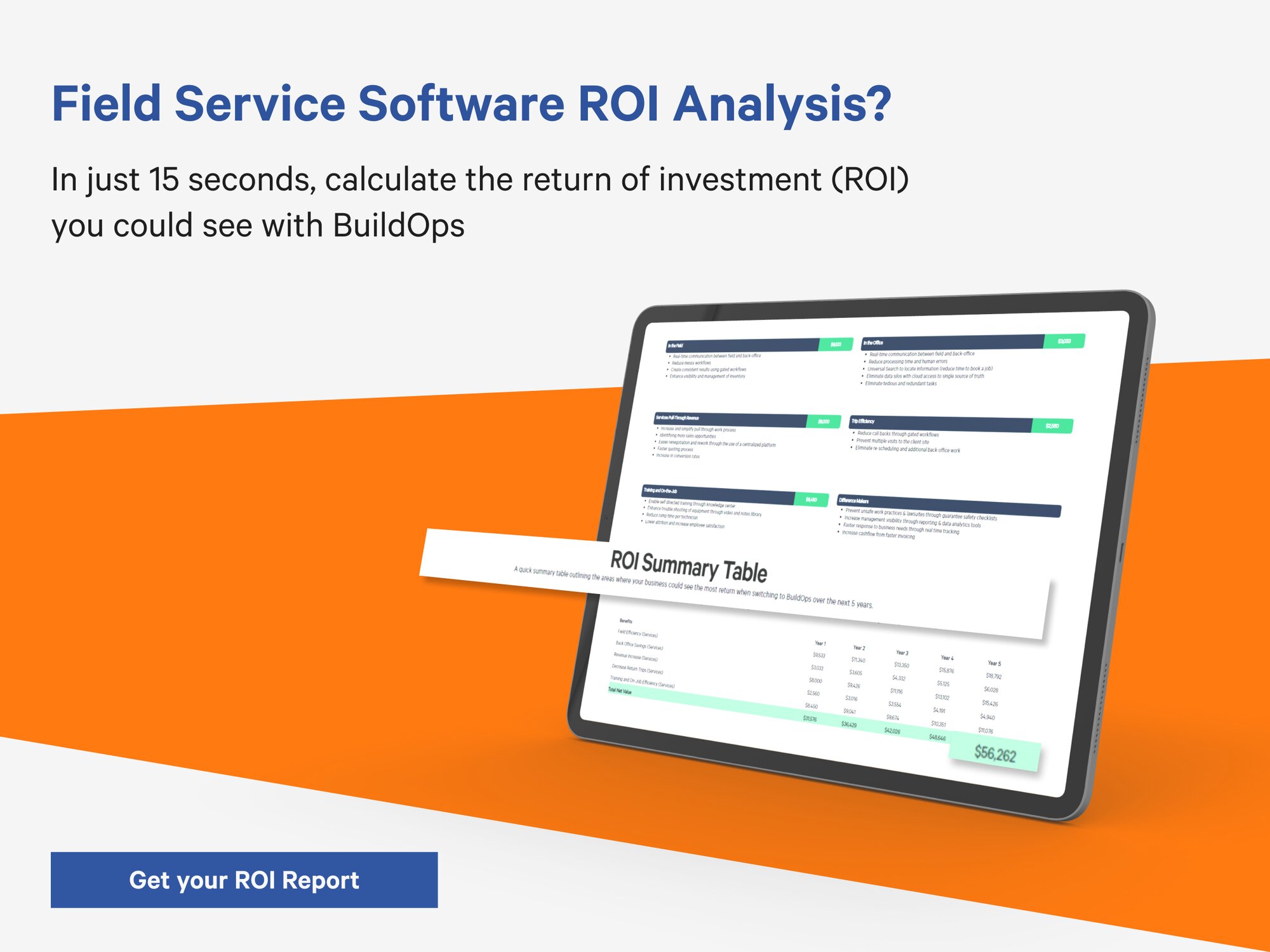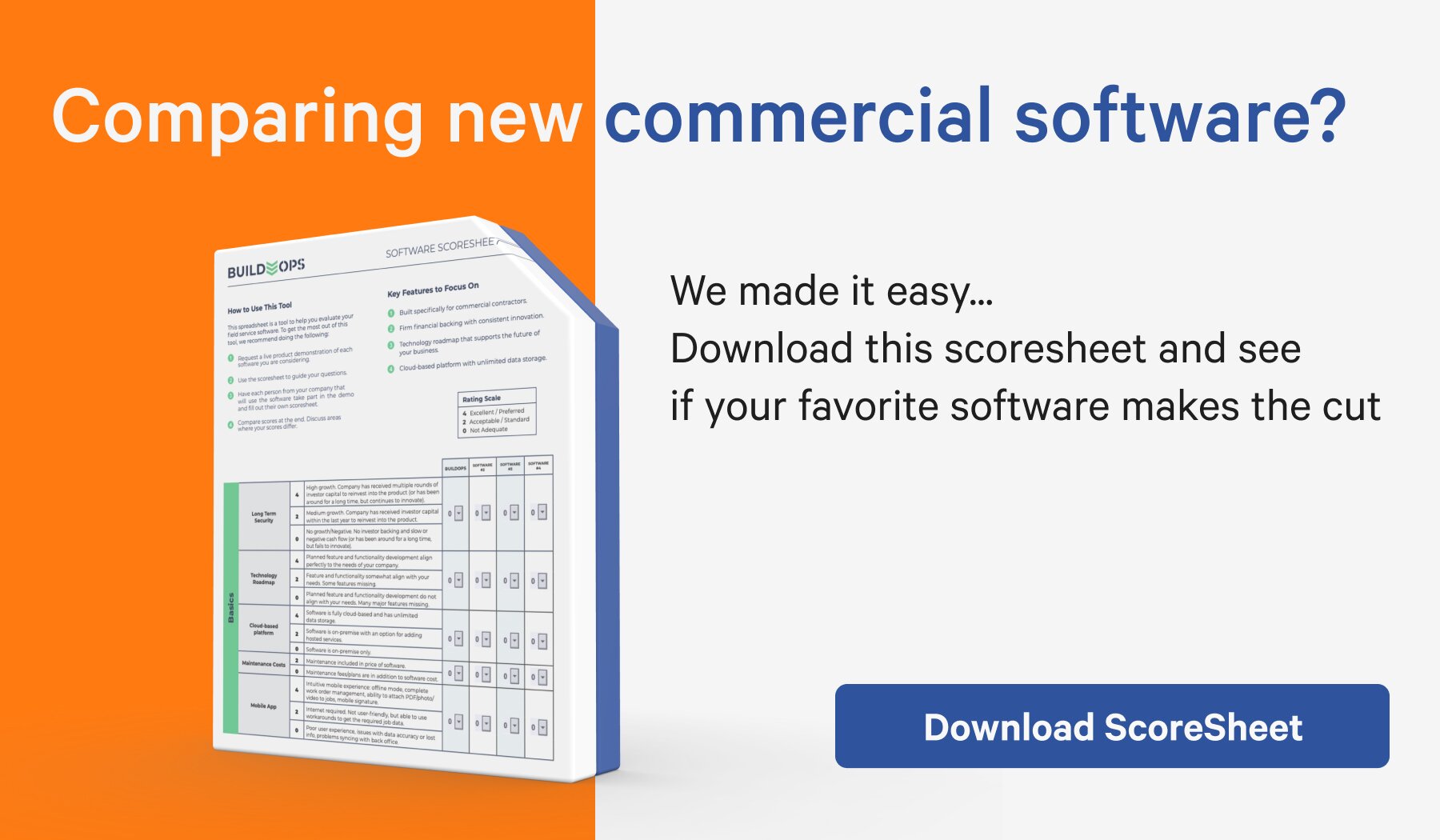A Customer not paying Invoice is a common issue businesses face. It can cause financial strain and disrupt cash flow, ultimately affecting the overall operation of the business. This situation often arises due to various reasons such as the customer being dissatisfied with the product or service, disputes over the quality of work, or simply financial difficulties on the customer’s end.
The first step to resolve this issue is to reach out to the customer and communicate clearly and professionally. Inform them of the outstanding invoice and politely inquire about the reason for the delay in payment. This approach allows you to understand the customer’s perspective and gives them an opportunity to highlight any concerns or grievances they may have.
If the customer has a valid reason for not paying, work towards finding a solution that is beneficial for both parties. This could include offering a discount, adjusting the payment terms, or providing a payment plan. However, if there is no valid reason, it is important to be firm and remind the customer of their contractual obligation to pay for the products or services rendered.
In cases where the customer is avoiding your attempts to contact them, it may be necessary to involve a third party, such as a debt collection agency, to assist in recovering the outstanding payment. This should be a last resort and only used after all other attempts at resolution have been exhausted.
To avoid such situations in the future, it is essential to have a clear invoicing process in place, including setting clear payment terms, following up on overdue payments promptly, and keeping accurate records. Additionally, building and maintaining strong relationships with your customers can prevent payment delays and disputes.
In conclusion, a customer not paying an invoice can be a challenging situation to handle, but it is important to remain professional and try to find a solution that is mutually beneficial. By effectively communicating and having a thorough invoicing process, businesses can minimize the occurrence of such situations and maintain a healthy cash flow.
The Importance of Effective Communication in Dealing with a Customer Not Paying Invoice
Effective communication plays a crucial role in dealing with a customer not paying an invoice. It is the key to finding a resolution and maintaining a good relationship with the customer.
One of the main benefits of effective communication is understanding the customer’s perspective. By reaching out and enquiring about the delay in payment, you can gain insight into any concerns or issues the customer may have. This can help you to address their concerns and find a solution that works for both parties.
Moreover, effective communication can help to avoid misunderstandings and disputes. By clearly outlining the terms of payment and having proper documentation, both the business and the customer are aware of their responsibilities. This can prevent any disagreements or confusion about the invoice and the payment terms.
Additionally, communicating in a professional and polite manner can help maintain a good relationship with the customer. This can be crucial for businesses that rely on repeat customers or clients. By handling the situation calmly and respectfully, the customer is more likely to continue doing business with the company.
Furthermore, effective communication can help in finding a timely resolution. It is important to follow up on overdue payments promptly and to communicate clearly about the consequences of not paying. This can encourage the customer to take action and pay the invoice, avoiding further delays and disruption to the business.
Strategies for Resolving Payment Disputes with Customers
Payment disputes with customers can be challenging to resolve, but having a strategy in place can help in finding a resolution that is beneficial for both the business and the customer. Here are some strategies for resolving payment disputes with customers.
Firstly, it is important to communicate effectively. Reach out to the customer and inquire about the reason for the dispute in a polite and professional manner. This can help to understand the customer’s perspective and find a common ground for resolving the issue.
Secondly, it is crucial to have proper documentation. Keep detailed records of the product or services provided, the agreed-upon payment terms, and any communication with the customer. This can be useful in case the dispute escalates and legal action needs to be taken.
Another strategy is to offer a compromise. If the customer has a valid reason for disputing the payment, try to find a solution that works for both parties. This could include offering a discount or adjusting the payment terms. However, it is important to stand firm if the customer’s reason for disputing is not valid and remind them of their contractual obligation to pay. This should be a last resort and only used after all other attempts at resolution have been exhausted.
To avoid payment disputes in the future, it is crucial to have a clear invoicing process in place. This includes setting clear payment terms, following up on overdue payments promptly, and keeping accurate records.
How Prompt Invoicing and Payment Follow-Ups Can Prevent Delayed Payments from Customers
Prompt invoicing and payment follow-ups are essential in preventing delayed payments from customers. Here are a few ways in which prompt invoicing and payment follow-ups can prevent delayed payments from customers.
Firstly, a clear invoicing process can help avoid confusion or misunderstandings about payment terms. By setting clear expectations from the beginning, customers are more likely to pay on time. This includes clearly stating the payment due date and consequences of late payment.
Secondly, sending invoices promptly after rendering the products or services can encourage timely payments. Customers are more likely to pay if they receive the invoice soon after the transaction rather than waiting for an extended period.
Moreover, following up on overdue payments can serve as a reminder for the customer. In some cases, the customer may have simply forgotten about the invoice or overlooked it. By following up, it reminds them to make the payment and can prevent further delays.
Additionally, regular payment follow-ups can also help identify any potential issues or disputes early on. By addressing these issues promptly, a resolution can be found before the payment becomes significantly delayed or goes into dispute.
Furthermore, prompt invoicing and payment follow-ups can also maintain a professional relationship with the customer. By being proactive and organized in managing payments, the business shows its commitment to providing high-quality products or services and can promote customer loyalty.
The Role of Setting Clear Payment Terms in Avoiding Issues with Customers Not Paying Invoices
Setting clear payment terms is crucial in avoiding issues with customers not paying invoices. It sets clear expectations for both parties and reduces the risk of delayed or disputed payments.
Firstly, setting clear payment terms establishes a mutual agreement between the business and the customer. This can help prevent any disagreements or misunderstandings about the invoice and payment terms.
Moreover, clear payment terms can serve as a reference in case of a dispute. In the event of a customer not paying an invoice, businesses can refer to the agreed-upon payment terms to remind the customer of their contractual obligation to pay. This can help resolve the issue promptly and avoid the need for legal action.
Additionally, setting clear payment terms can also promote transparency and trust with the customer. By being upfront about the payment expectations, customers are more likely to trust the business and make timely payments. This can also help in maintaining a strong relationship with the customer, which can be beneficial for future business transactions.
Another crucial aspect of setting clear payment terms is following up on overdue payments. By including a deadline for payment and actively following up on overdue payments, businesses show their commitment to timely payments. This can encourage customers to prioritize the invoice and make the payment promptly to avoid any consequences.
The Impact of Unpaid Invoices on Small Businesses and Tips for Mitigating the Risk of Non-Payment by Customers
Unpaid invoices can have a significant impact on small businesses, especially those with limited financial resources. It can create cash flow issues, challenge the financial stability of the business, and hinder growth and profitability. However, there are ways to mitigate the risk of non-payment by customers. Here are some tips for small businesses to prevent unpaid invoices.
Firstly, having a strong invoicing process in place can prevent delayed or unpaid payments. This includes setting clear payment terms, following up promptly on overdue payments, and keeping accurate records of all transactions. An efficient invoicing process can minimize the risk of disputes or misunderstandings with customers and encourage timely payments.
Secondly, it is crucial to establish a trusting and transparent relationship with customers. Building strong relationships can prevent payment delays and disputes, as customers are more likely to prioritize payments if they trust and value the business. This can be achieved through open and effective communication, providing high-quality products or services, and addressing any customer concerns or issues promptly.
Moreover, businesses can also consider implementing prepayment or payment upfront policies. This can mitigate the risk of non-payment as the business receives the funds immediately, rather than having to wait for payment after the product or service has been delivered.
Key Takeaways
In summary, unpaid invoices can have a significant impact on businesses, disrupting cash flow and hindering growth and profitability. Effective communication, a clear invoicing process, and addressing disputes promptly can help in finding a resolution and maintaining a good relationship with the customer. By setting clear payment terms, following up on overdue payments, and building strong relationships with customers, businesses can minimize the risk of non-payment. Additionally, having contingency plans, such as prepayment policies or debt collection agencies, can assist in recovering unpaid invoices as a last resort. A systematic and proactive approach to invoicing and payment follow-ups can prevent delayed or disputed payments and maintain a healthy cash flow for businesses.






